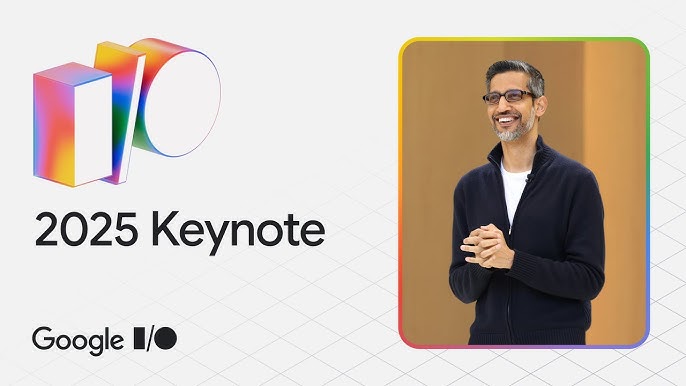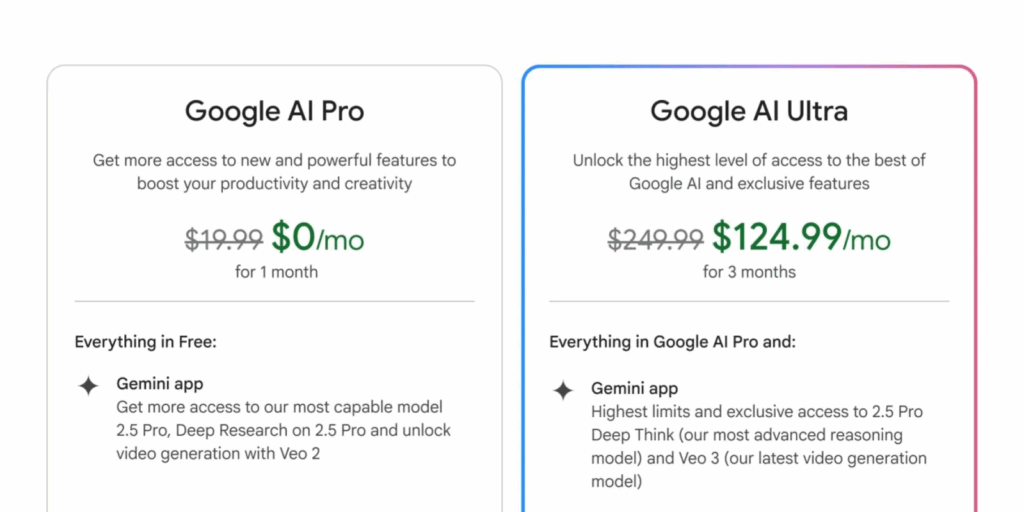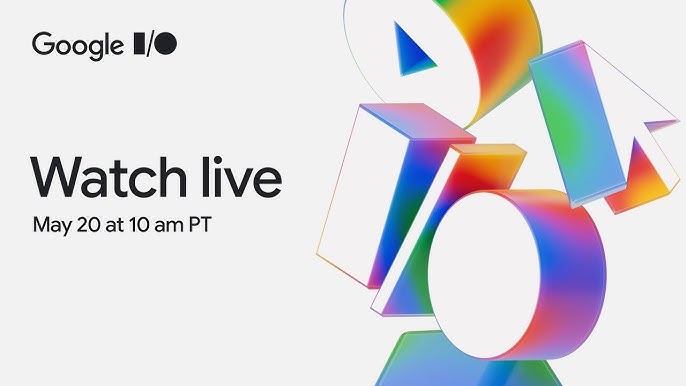At Google I/O 2025, Google expanded its artificial intelligence offerings with new features that changed how users interact with search and create content. The company launched AI Mode, a conversational search experience powered by the Gemini 2.5 AI model, now available to all U.S. users. This mode lets people ask complex questions and receive detailed answers naturally and interactively.
What’s Happening & Why This Matters
Alongside AI Mode, Google introduces a variety of AI-powered creation tools across its Google Workspace suite. These tools automate routine tasks like email responses, generate videos with AI avatars, and assist developers with code debugging. The goal is to make AI part of everyday digital workflows.
AI Mode: Your New Search Companion
Google’s AI Mode replaces traditional search boxes with a chat-like interface that feels more like speaking to a helpful expert than typing keywords. Users can dive deeper into topics by asking follow-up questions or requesting summaries.

Google’s Vice President of Search, Liz Reid, explains that the demand for AI Mode is growing as users seek richer information quickly. The underlying Gemini 2.5 model uses a multi-threaded search approach to deliver precise and context-aware responses, improving accuracy.
More than 1.5 billion users currently engage with AI-powered summaries on Google daily. Upcoming updates will enable features like live visual search through phone cameras and optional AI integration with Gmail and other Google apps, prioritizing user privacy and consent.
AI-Powered Content Creation Tools
Google Workspace users get new AI tools to boost productivity. Gmail’s updated smart reply system personalizes messages based on the user’s style and recent conversations. A new feature, inbox cleanup, automatically deletes unwanted emails on a user-defined schedule.

For content creators, Google Vids offers AI avatars that narrate presentations and generate professional videos. The Imagen 4 image generator improves realism with better textures and text quality, while Veo 3 produces synchronized video and audio clips from simple prompts.

Developers benefit from Jules, an AI coding assistant that helps find bugs and optimize code on secure Google Cloud environments. Google also addresses AI content authenticity by watermarking generated media with SynthID technology. They even launched a SynthID detector website to identify AI-generated content.
Google safeguards AI-generated content by watermarking outputs with SynthID, a standard to identify AI-made media. The company even launched a SynthID detector site for public use.
Premium AI Subscriptions

Google introduces the AI Ultra subscription, priced at $250 per month. This subscription offers 30 terabytes of storage and priority access to advanced AI features, including Project Mariner, an agentic AI designed to automate complex web tasks.
This new tier builds on the existing AI Pro subscription ($20/month with 2TB storage) and signals Google’s commitment to serving users who require high-performance AI tools.

TF Summary: What’s Next
Google’s announcements at I/O 2025 definitively extend AI integration in search and productivity. The availability of AI Mode and the introduction of powerful creation tools push Google’s services beyond traditional boundaries.
Users should prepare for a digital environment where AI assists in nearly every task, from searching to content generation. Pay attention to Google’s focus on privacy and user control. Their delicate balance may drive or doom adoption and innovations.
— Text-to-Speech (TTS) provided by gspeech


